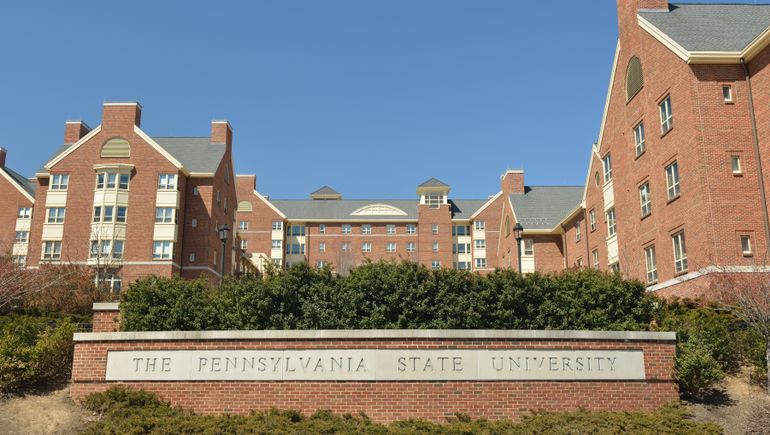Dive Brief:
- Pennsylvania State University would cut nearly $100 million from its fiscal year 2026 budget under a new proposal announced Monday. Over the next 18 months, university leaders will decide which units will be affected and to what degree.
- The plan calls for a 3.8% reduction across administrative and student support units, totaling $29 million, and a 14.1% cut from the university’s 20 commonwealth campuses, totaling $54 million. Penn State’s primary campus, University Park, will see cuts of 1.4%, or $11 million.
- Penn State also announced plans Monday to spend more than $17 million to align employee pay with its new salary structure. Since 2020, the university has been undergoing a plan to update its job classifications and staff pay to remain competitive in hiring.
Dive Insight:
In their announcement, university officials said the plan is meant to balance the budget, as expenses have been exceeding revenues due to long-term financial challenges.
Among those challenges are enrollment declines connected to the changing demographics of Pennsylvania. While student headcounts have increased at the university’s main campus, enrollment across the commonwealth campuses has declined 20% since 2016, according to Monday’s announcement.
State funding hasn’t kept up with inflation, which has increased the cost of the goods and services the university needs to purchase. Healthcare costs are expected to rise $30 million in the 2026 budget, officials said.
“These are not one-time challenges or situations that are going to go away,” Penn State President Neeli Bendapudi said in a Thursday video message. “This is why we must take a hard look at our programs, our portfolio, infrastructure, operations — frankly, the entire business model for higher education.”
As part of the changes, the university will conduct an academic program and portfolio review, evaluating which programs to cut from and which to invest in. At University Park, some departments have seen a decline in student interest, Bendapudi said in her remarks.
“Some of our programs have areas of duplication,” she said. “Others must demonstrate their relevance to the students and the employers of today.”
Michele Stine, chair of the faculty senate and professor of biobehavioral health, said faculty are dismayed about the news — concerned not only for their jobs, but how the cuts could affect students on their campuses.
“They are understandably wary of promises to include employee input when so often in the past consultation has meant informing faculty and staff after a decision has already been made and is about to be implemented,” Stine said in a Wednesday email. “We want nothing more than to be able to work with the administration and the Board of Trustees in a robust and meaningful way to do what is best for our entire university community.”
Last year, the university announced a new budget model that would allocate funding based on student credit hours, revenue, and headcount in specific disciplines, with some dollars allocated for research expenditures.
Cuts could continue in future years after the budget is balanced, depending on projections, officials wrote in the release.
“Our ultimate goal is not simply a balanced budget, but rather the creation of a sustainable business model for Penn State,” wrote Sara Thorndike, the university’s senior vice president for finance and business.
Budgets for fiscal 2026 are set to go before the Board of Trustees in July.
